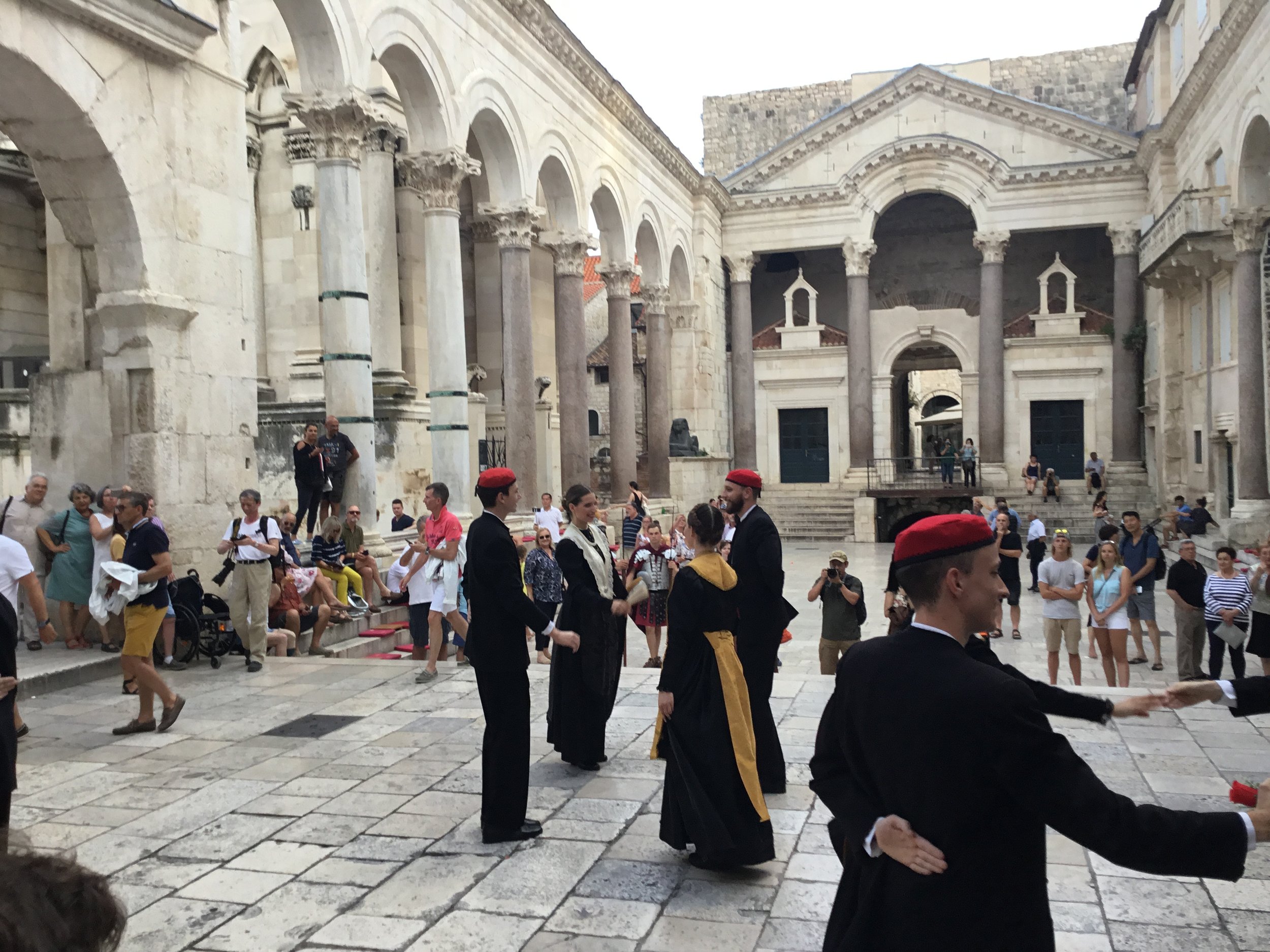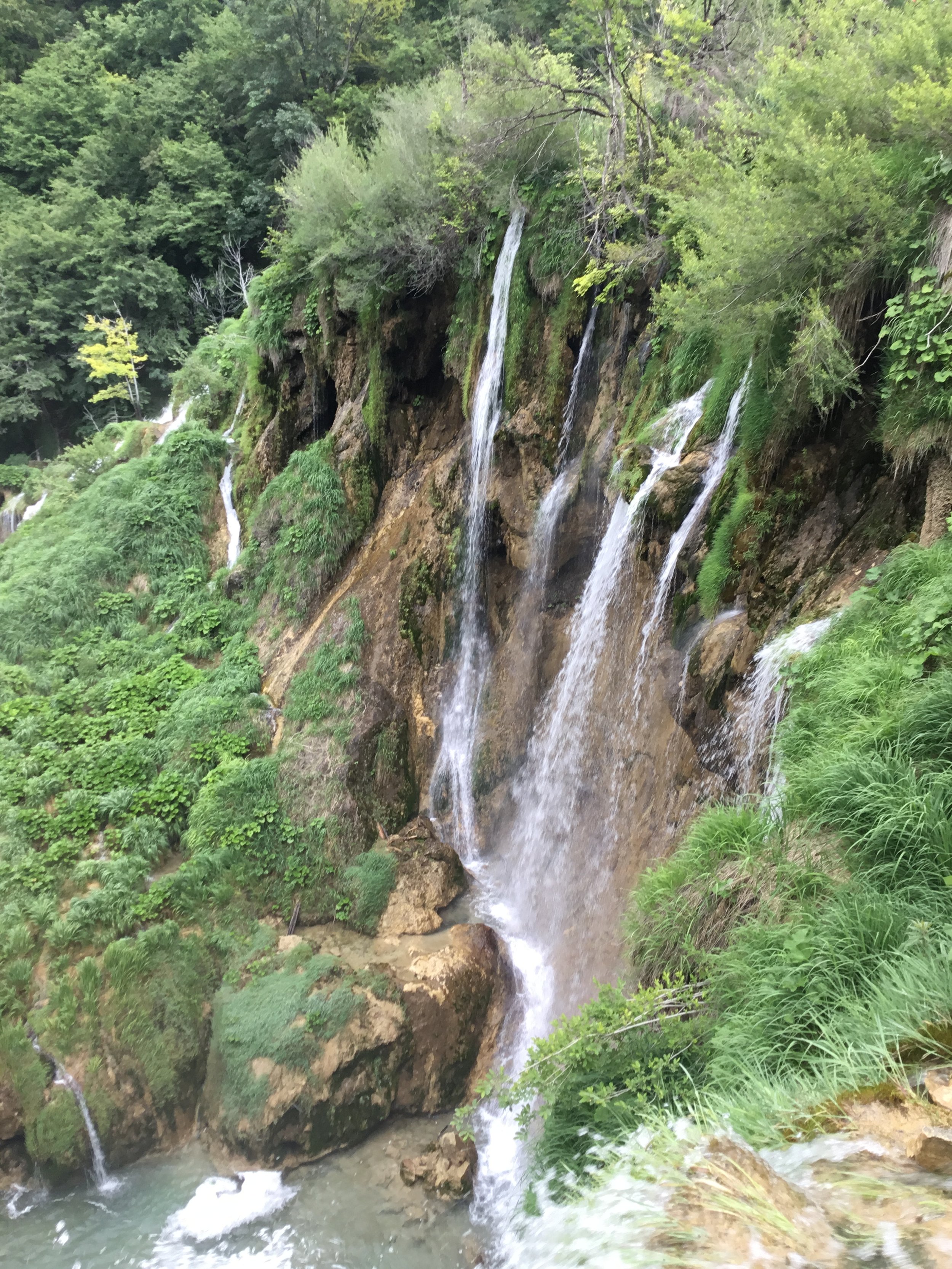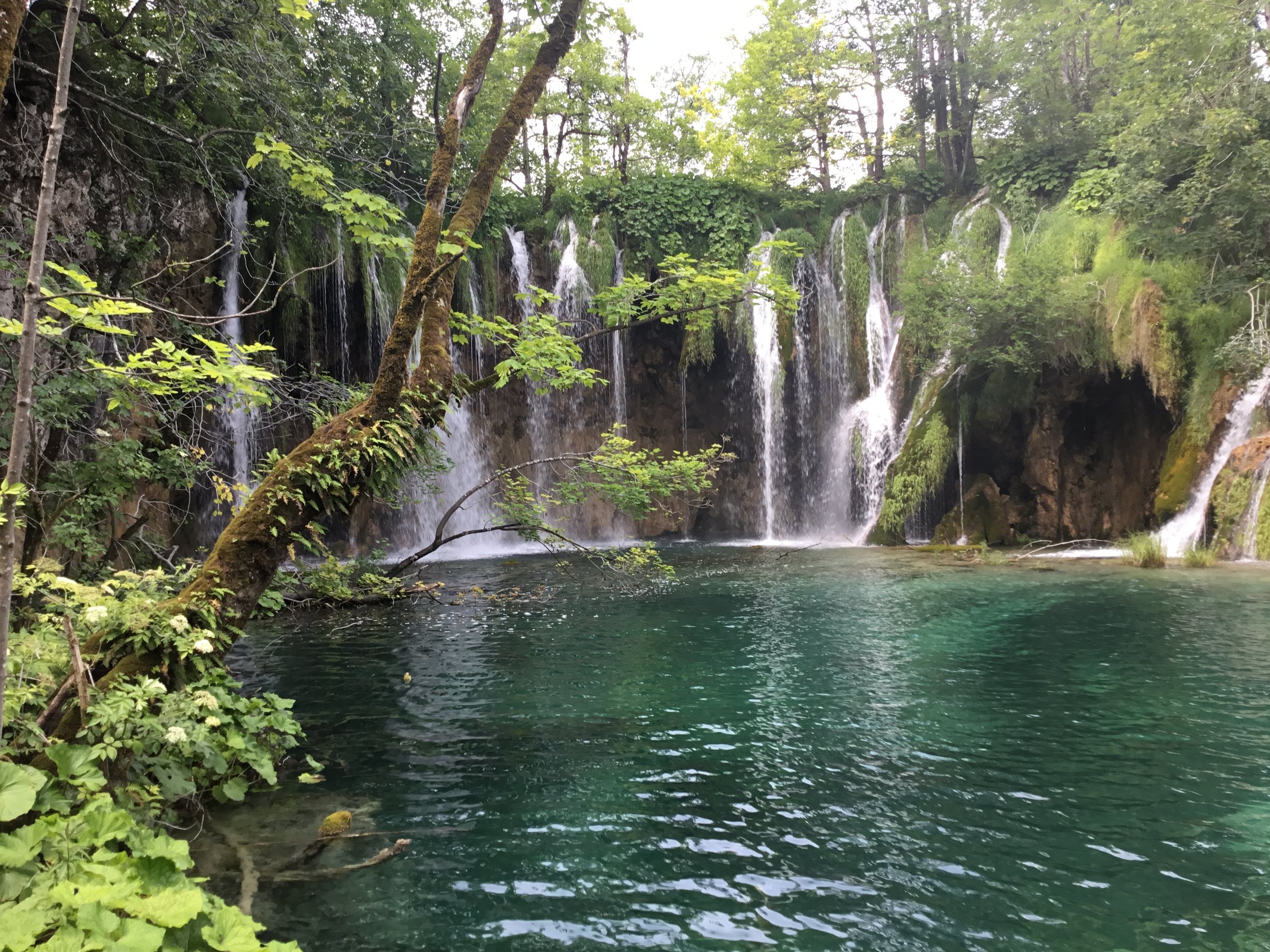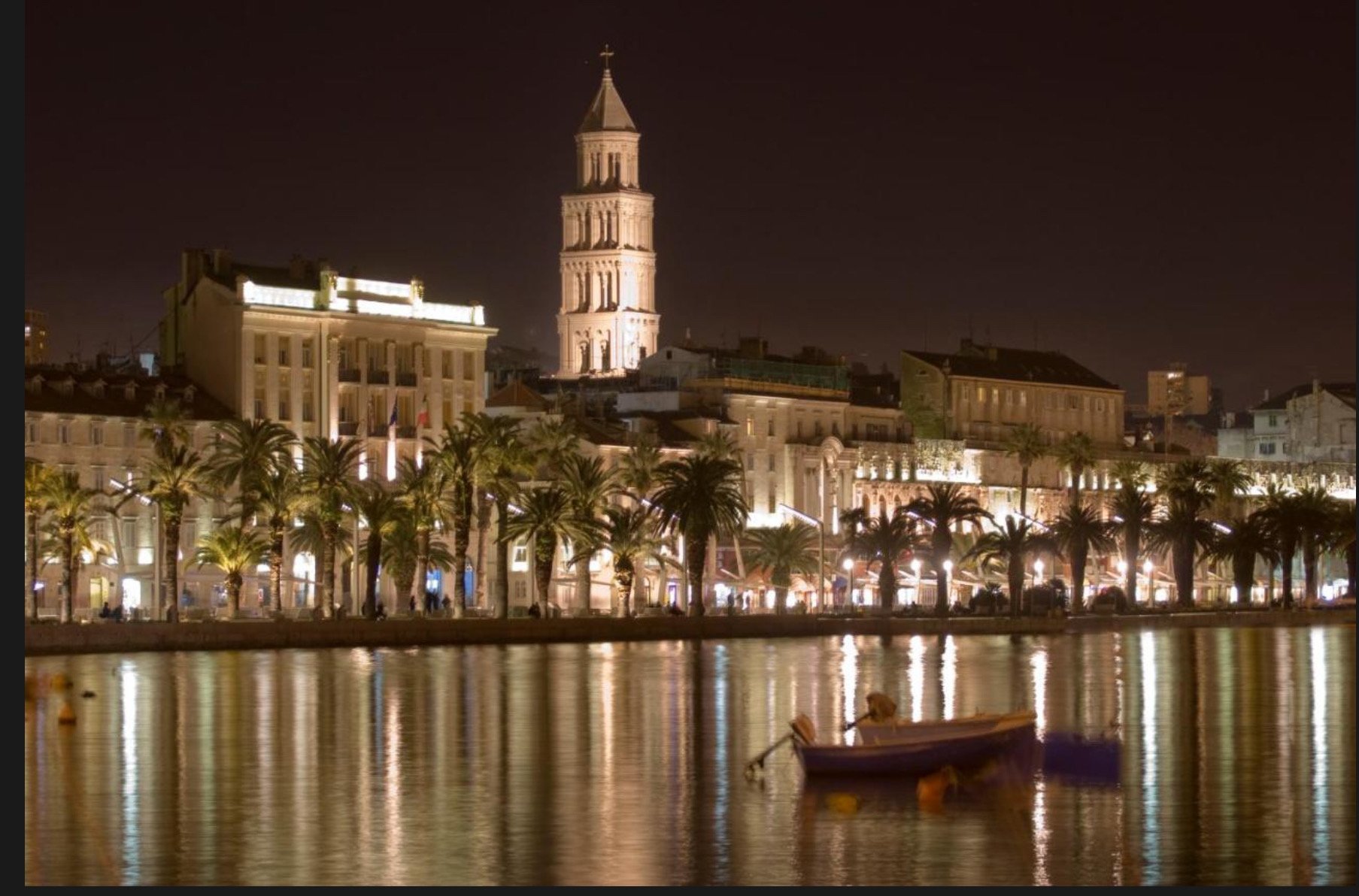split
Split is the second-largest city in Croatia, located on the eastern shore of the Adriatic Sea in the region of Dalmatia. It is one of the country’s most important cultural and economic centres and a popular tourist destination. Split is best known for Diocletian’s Palace, a massive Roman fortress built in the 4th century by the Roman Emperor Diocletian, which now forms the heart of the old town. The palace complex is a UNESCO World Heritage Site and houses a mix of ancient ruins, shops, cafes, and residences. The city’s waterfront promenade, known as the Riva, is a lively hub for locals and visitors alike, offering views of the sea and nearby islands.
Split is a modern, vibrant city that blends ancient architecture with contemporary life. It serves as a major transportation hub for ferries to the Adriatic islands and coastal towns. The surrounding area offers stunning natural beauty, including beaches, mountains, and parks like Marjan Hill, which provides panoramic views of the city and sea. With its Mediterranean climate, rich history, and lively atmosphere, Split is a standout destination along the Dalmatian coast.
Split’s history spans over 1,700 years, with its origins traced back to the Roman Emperor Diocletian, who built his lavish retirement palace here in the 4th century. Over the centuries, Split has been under Byzantine, Venetian, and Austro-Hungarian rule, each leaving a distinct cultural mark.
The lively seafront promenade lined with palm trees, the Riva Promenade is perfect for walking, dining, and people-watching, with beautiful views of the harbour.
Bacvice Beach is the most famous and popular for its sandy shore and vibrant nightlife. Other nearby beaches include Kasjuni and Znjan.
Split has a rich history blending Roman, Venetian, and Mediterranean influences. Its lively atmosphere comes alive with traditional Dalmatian music, bustling markets, and numerous cultural festivals, such as the Split Summer Festival.
Dalmatian cuisine is a highlight, with local specialties like fresh seafood, black risotto, pasticada (slow-cooked beef), and a variety of wines from the surrounding region.
Diocletian’s Palace
(UNESCO World Heritage Site)
Diocletian’s Palace is not just a palace but a vast complex that blends Roman architecture with modern living. Built in the 4th century AD by Roman Emperor Diocletian, the palace served as his retirement residence and military fortress. Today, it forms the heart of Split's Old Town, with bustling streets, shops, restaurants, and historical landmarks.
Peristyle Square: The central courtyard of the palace surrounded by tall Corinthian columns is a popular gathering spot for tourists and performances and is notable for its mix of Roman and medieval architecture.
Cathedral of St Domnius (Former Mausoleum of Diocletian): Originally built as Emperor Diocletian’s mausoleum. It was converted into a Christian cathedral in the 7th century. The bell tower (57 meters high) offers breathtaking views of Split and the interior features beautiful carved wooden doors and Romanesque art.
Temple of Jupiter: Dedicated to the chief Roman god Jupiter, this temple later became a baptistery. Inside, you’ll find a beautifully carved sarcophagus and a statue of St. John the Baptist.
Golden Gate (Porta Aurea): The most impressive of the palace's four gates, originally used by the emperor himself and is decorated with intricate Roman carvings.
Silver Gate (Porta Argentea): Located on the eastern side, leading to the vibrant Green Market (Bazar) and is still a functional entrance to the palace complex.
Bronze Gate (Porta Meridionalis): The southern gate, which originally opened directly to the sea and was used by the emperor to access his private naval fleet.
Cellars of Diocletian's Palace: These underground chambers supported the palace's upper structure. Today, they are open for tours and often host exhibitions and markets. They provide valuable insight into the palace's original layout.
Vestibule (Entrance to the Emperor's Quarters): Is a grand circular hall that served as a ceremonial entrance and is known for its impressive acoustics, often hosting traditional Klapa music performances.
Guided Tours are highly recommended for history buffs to fully appreciate the site’s rich history. Early morning or late afternoon is best to avoid crowds. Modest attire is required for entering the cathedral. The Peristyle often hosts performances, and the cellars frequently feature art exhibits.
You can buy combined tickets to visit both Saint Domnius Cathedral and its Bell Tower from the tourism office located in Peristyle Square. Tickets cost around €10. Otherwise the rest of the complex is free.
There are many day tours available in and around Split you can either book them when you arrive, or prebook them before you leave home. GetYourGuide and Viator offer everything from City tours, Game of Thrones tours, food and wine tours, island tours to such gems as Hvar, Vis and the Pakleni Islands through to epic day tours to places like the Plitvice Lakes. Because we were doing some island hopping of our own, Helen and I opted for the Plitvice Lakes and waterfalls guided tour. Also Tripadvisor offer the same as above with the additional options of restaurant, hotel, flight, cruise and car-hire.
Plitvice Lakes National Park is one of Croatia’s most stunning natural wonders, located in the mountainous region of central Croatia near the border with Bosnia and Herzegovina. As a UNESCO World Heritage site since 1979, it is renowned for its cascading lakes, lush forests, and diverse flora and fauna.
The park is famous for its 16 interconnected terraced lakes that are divided into two sections, the Upper Lakes which are larger and surrounded by dense forest, these lakes are fed by numerous streams and feature dramatic waterfalls. Or (you’ve guessed it) the Lower Lakes which are smaller, more tranquil, and situated in a limestone canyon with striking turquoise and green hues. Crystal-clear waters flow from one lake to another via waterfalls of varying sizes, creating an enchanting landscape.
Plitvice offers an extensive network of wooden boardwalks and hiking trails that allow visitors to explore the park up close. These trails wind through lush forests, across crystal-clear lakes, and along stunning waterfalls.
The park is home to rich biodiversity, beech, fir, and spruce forests dominate, along with meadows filled with wildflowers. While it’s wildlife includes brown bears, wolves, lynx, deer, and a variety of bird species such as owls, eagles, and herons.
The geological foundation of the park is characterised by karst formations, including porous limestone and dolomite rocks. This creates natural barriers that help form the lakes and waterfalls. The lakes are known for their vibrant colours, ranging from deep blue to emerald green, which change based on mineral content, sunlight, and microorganisms.
We flew from Heathrow Airport to Split with British Airlines and used Skyscanner to book our flights.
Split Airport (SPU), also known as Zracna luka Split-Kastela, is located approximately 12 kilometres northwest of Split’s city centre. We used the Airport Shuttle Bus: Operated by Pleso Prijevoz, this service connects the airport to Split's main bus station near the ferry port. Tickets cost around €8 and can be purchased on the bus. Public Buses: Local bus line 37 link the airport (€4) with Split, Trogir, and Kastela. Taxi or Uber: Taxis are available at the airport, and alternative services like Uber operate in Split.
We stayed in a lovely apartment called Old Split Apartment, just minutes from the Riva, it was also very close to the bus stop from the airport; the same bus stop is close to the ferry terminal.
For more information on Split and surrounding areas check out this website.
And finally, Lonely Planet for their excellent guidebooks.






